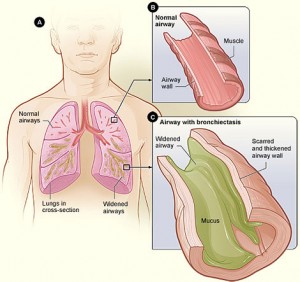The present study can also be criticized due to the lack of objective measurement of drug compliance; however, we asked the compliance during every visit and always encouraged the patients to take their medication regularly. We believe that if someone is motivated to visit our laboratory as many as 10 times during 6 months, he/she is probably also motivated to take the prescribed medication regularly. 
In conclusion, mannitol challenge is both a sensitive and valid test to demonstrate the effects of ICS in asthma. If this challenge will be used to monitor the effect of ICS in asthma, the goal of treatment Viagra NZ should be unresponsiveness. Histamine challenge seems also to be a sensitive test for this purpose, but its validity may be lower than that of mannitol challenge. Cold air challenge, in turn, seems to be a valid test to demonstrate the effects of ICS, but its sensitivity may be lower than that of mannitol and histamine challenges.
Background: Investigations using high-resolution CT (HRCT) show that bronchial dilatation (BD) is found in many patients with asthma. However, the pathogenesis and pathophysiologic relevance of BD in asthma are poorly understood. A balance between matrix metalloproteinases (MMPs) and tissue inhibitors of metalloproteinases (TIMPs) may control the remodeling of extracellular matrix, and excess MMPs have been associated with destruction or dilatation of airways in patients with bronchiectasis.
www.sublingualviagra.com – this store specializes in the sale of Sublingual Viagra.
Objectives: To study the prevalence of BD as assessed by HRCT according to standard subjective criteria in 37 patients with stable asthma and 10 healthy control subjects, and to examine the relation of BD in asthmatic patients to clinical characteristics and sputum indices, including MMP-9 and TIMP-1 levels.
Design: A prospective cohort study.
Results: At least one dilated bronchus was present in 23 asthmatic subjects (62%) and 2 control subjects (20%) [p = 0.030]. The ratio of dilated bronchi to all eligible bronchi in each subject (individual BD%) was higher in the asthmatic patients than in the control subjects (11.4 ± 16.1% vs 1.3 ± 3.0%, p = 0.011) [mean ± SD]. Asthmatic patients with (n = 23) and those without BD (n = 14) were similar with regard to age, duration and severity of asthma, atopy, pulmonary function, sputum eosinophil or neutrophil count, and sputum levels of MMP-9 or TIMP-1 and their molar ratio. Individual BD% of asthmatic patients was also unrelated to these clinical and sputum variables. When analysis was confined to the 23 patients with BD, however, individual BD% correlated with the severity score of asthma (r = 0.49, p = 0.023). The results of follow-up HRCT obtained from 19 patients suggested that BD was a fixed rather than transient phenomenon.